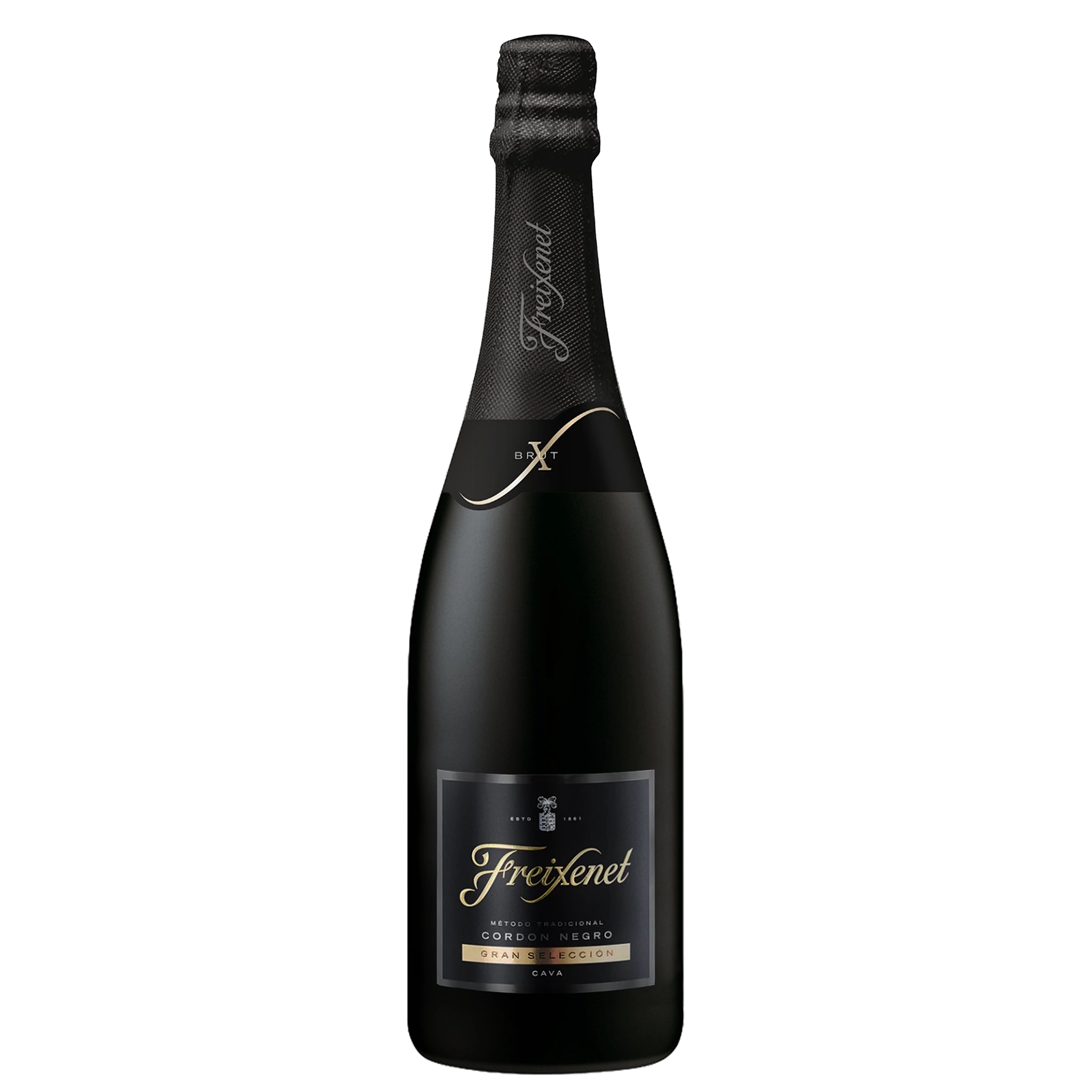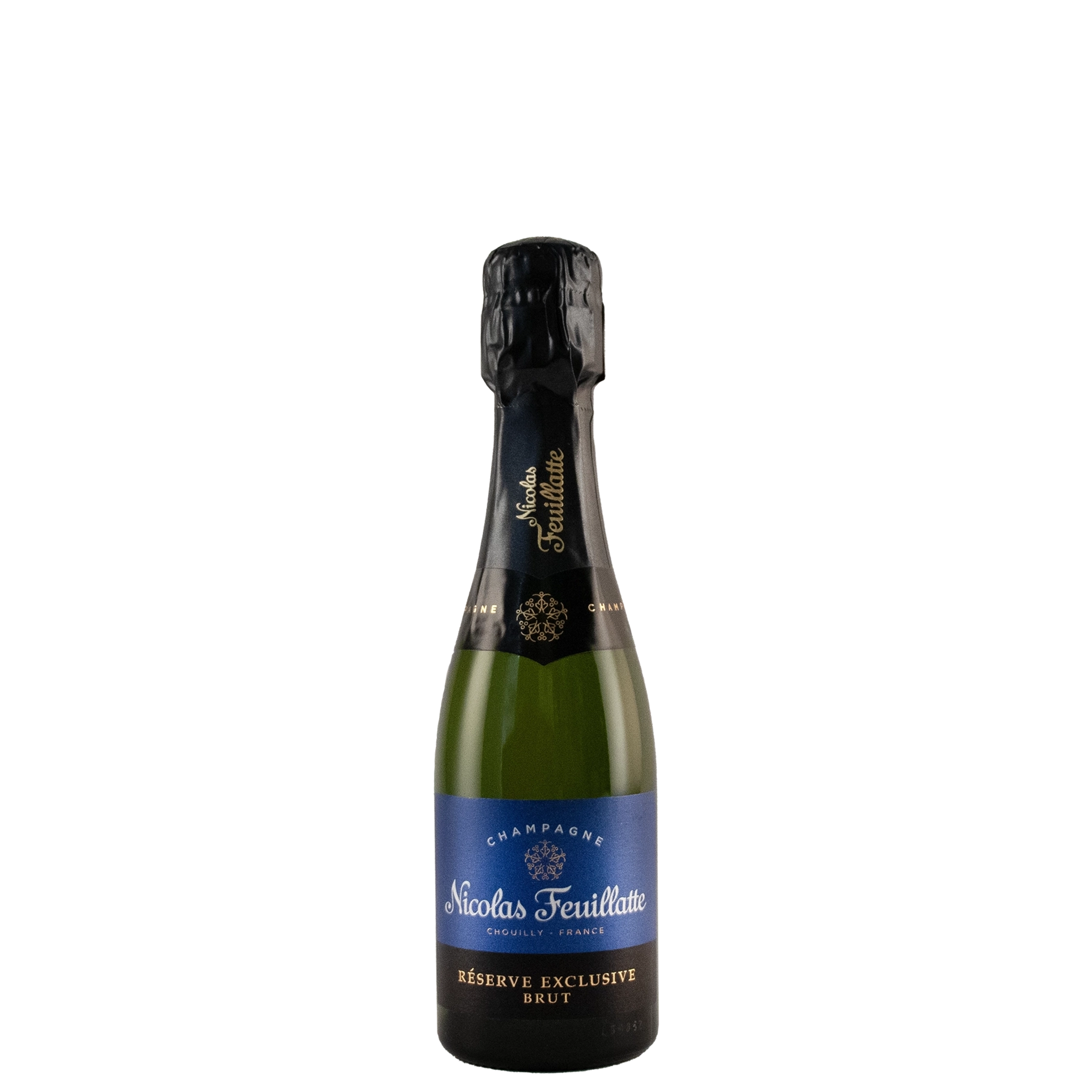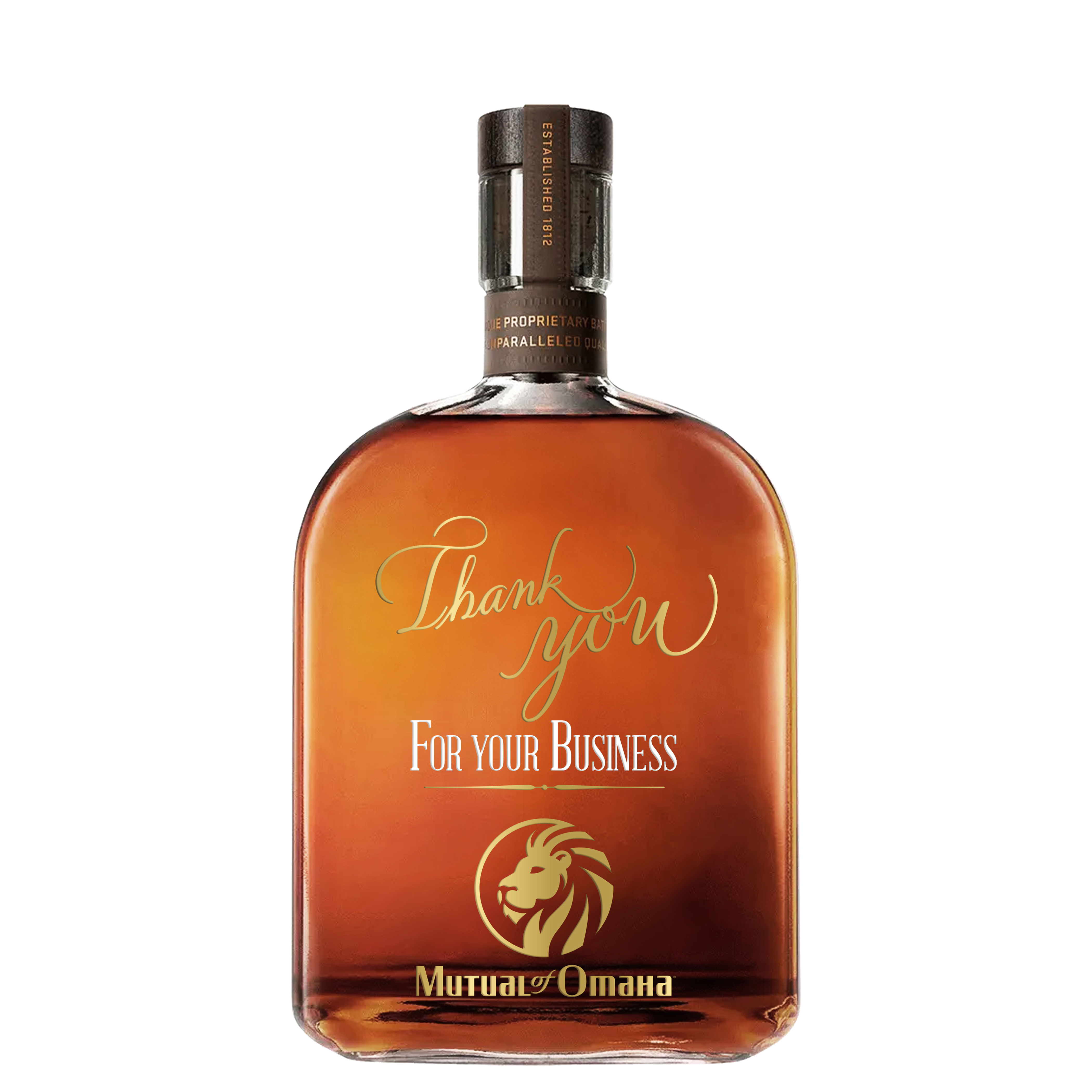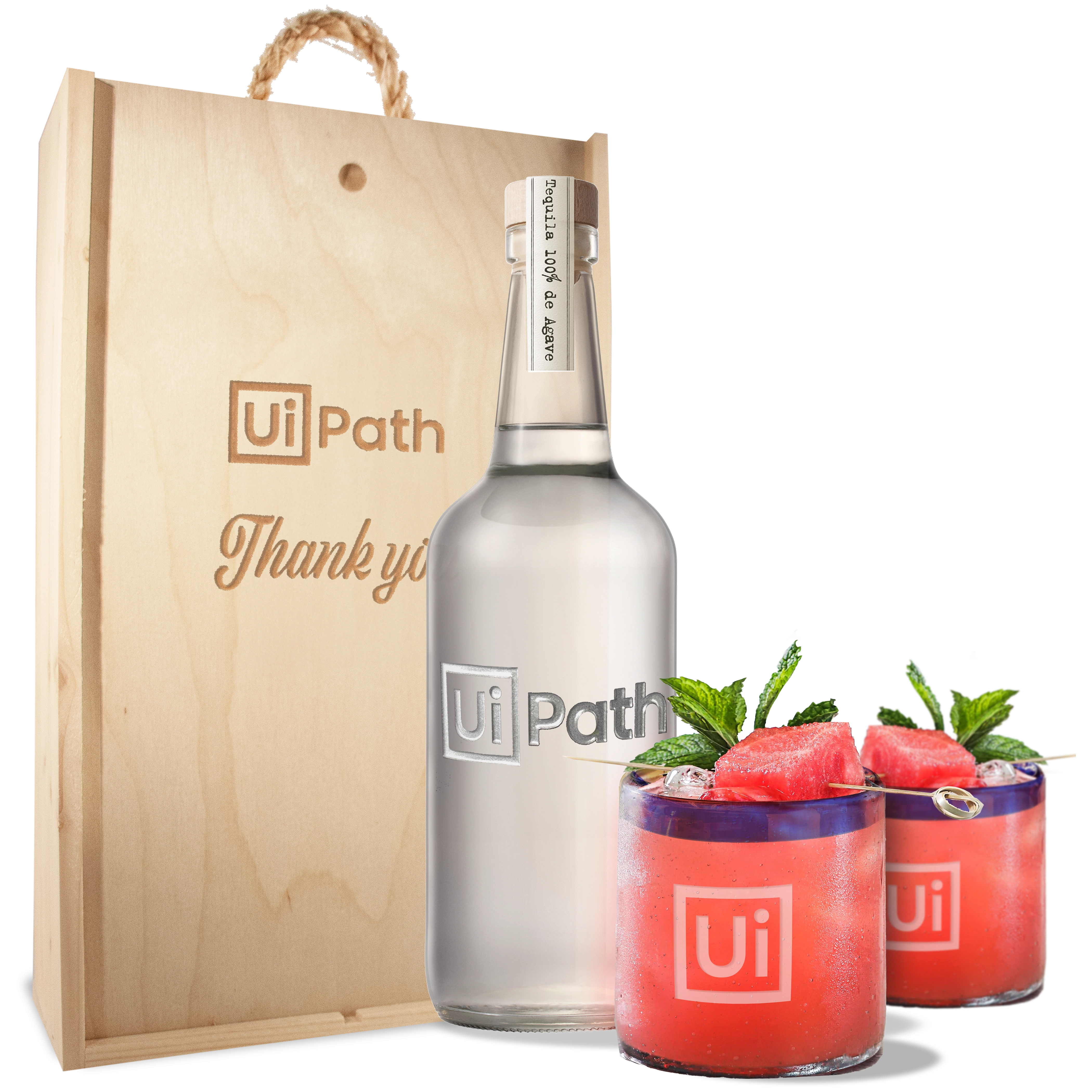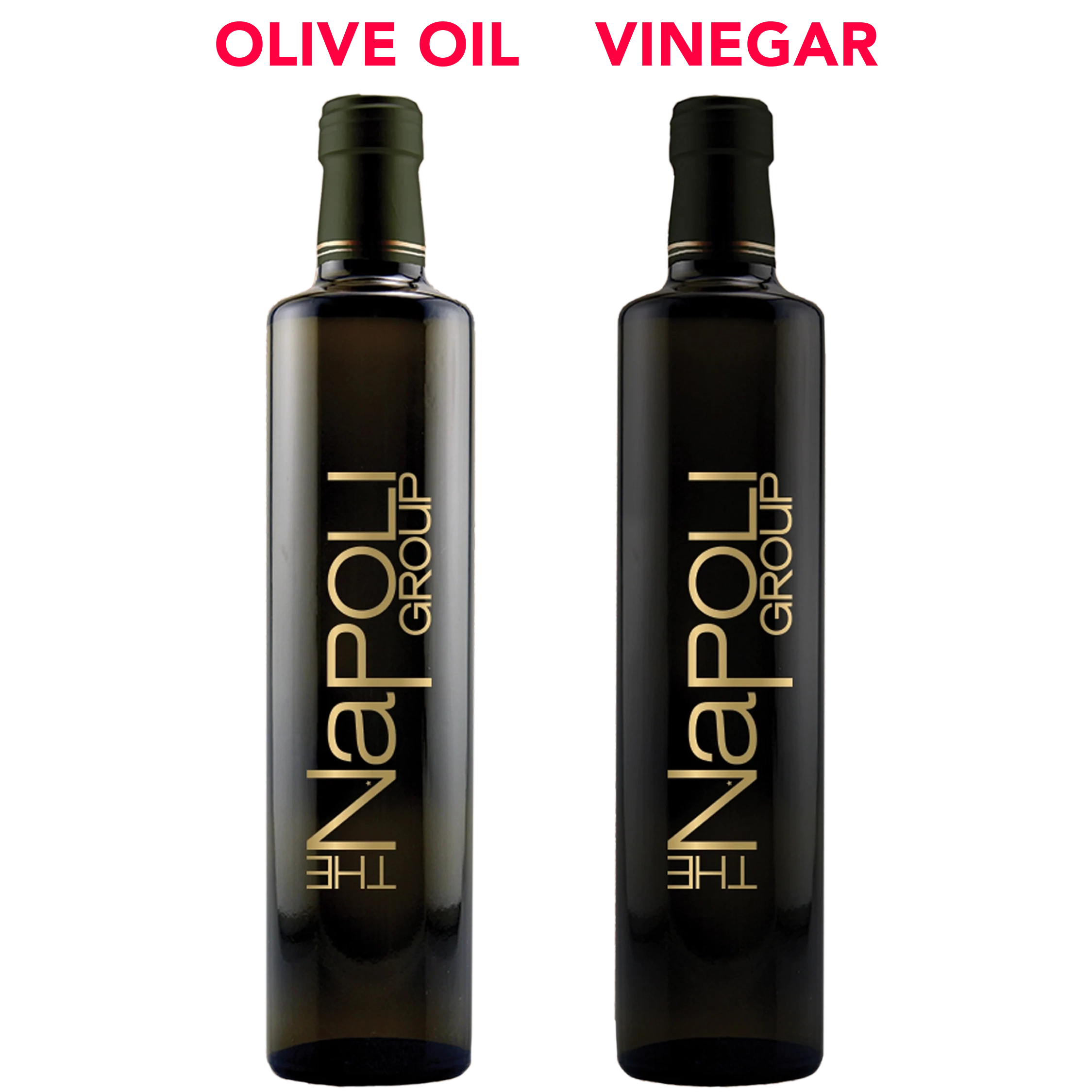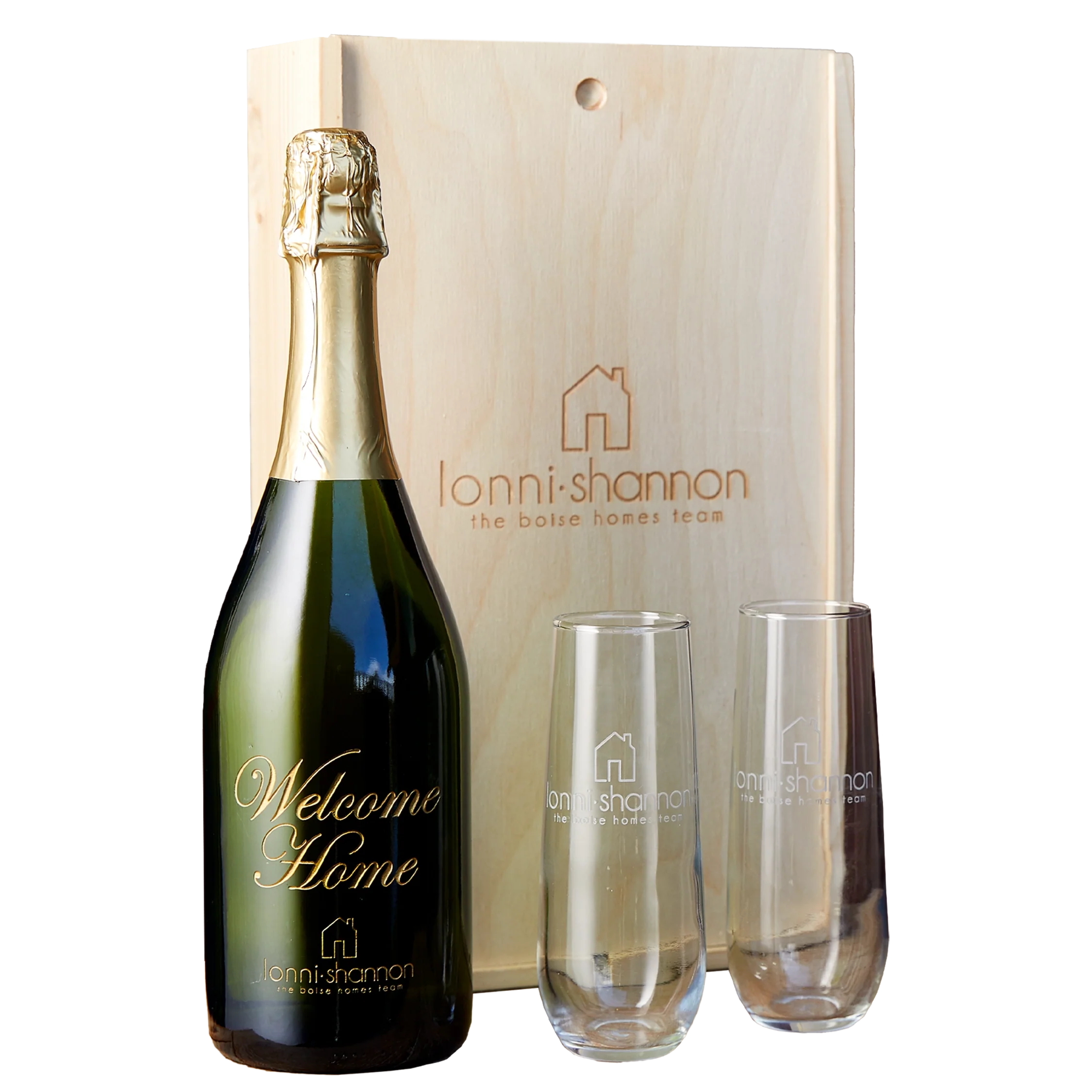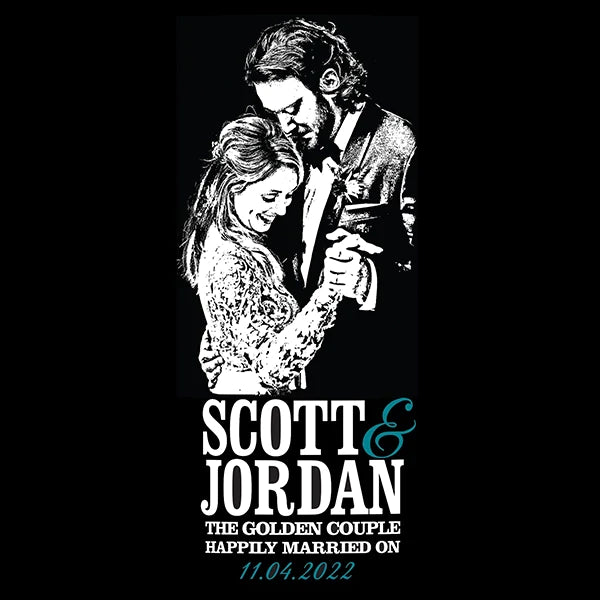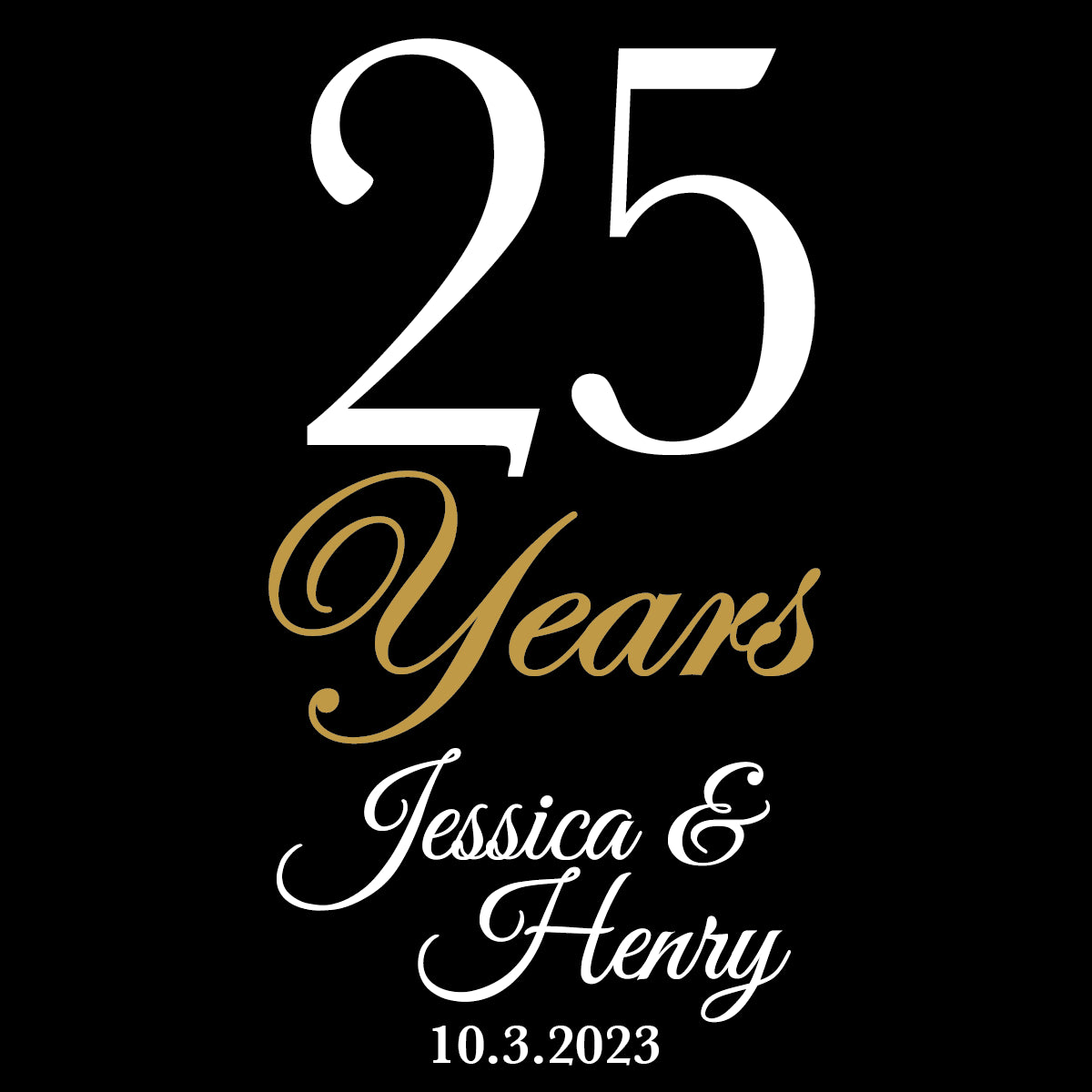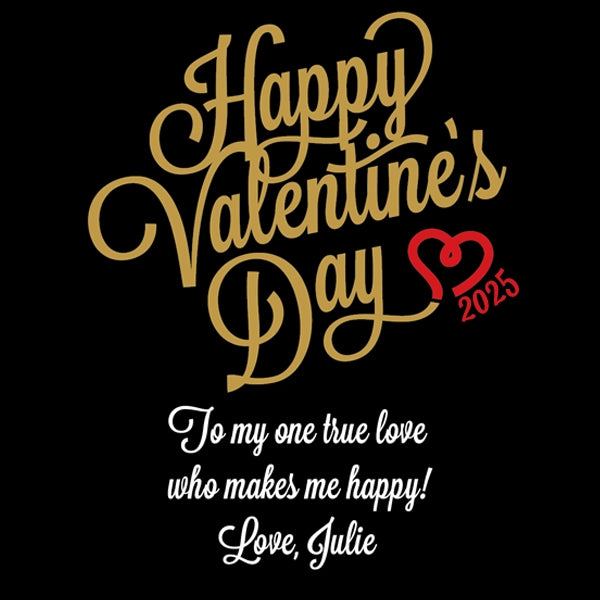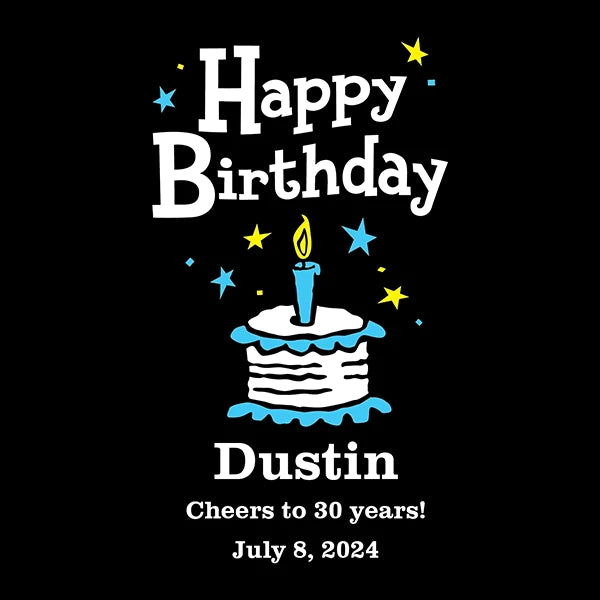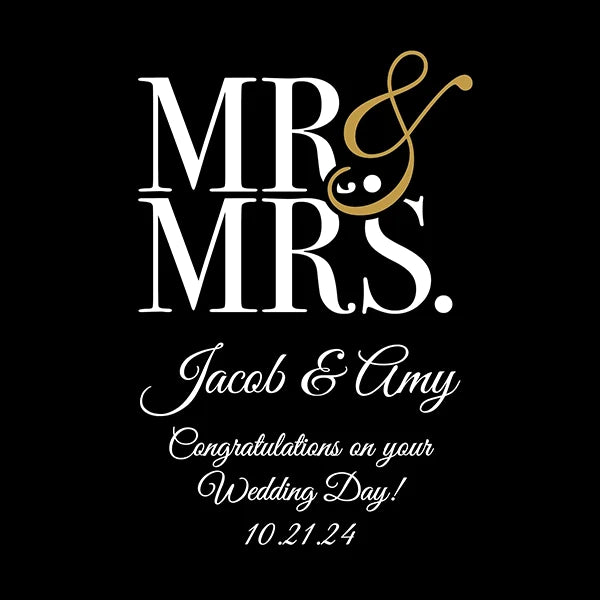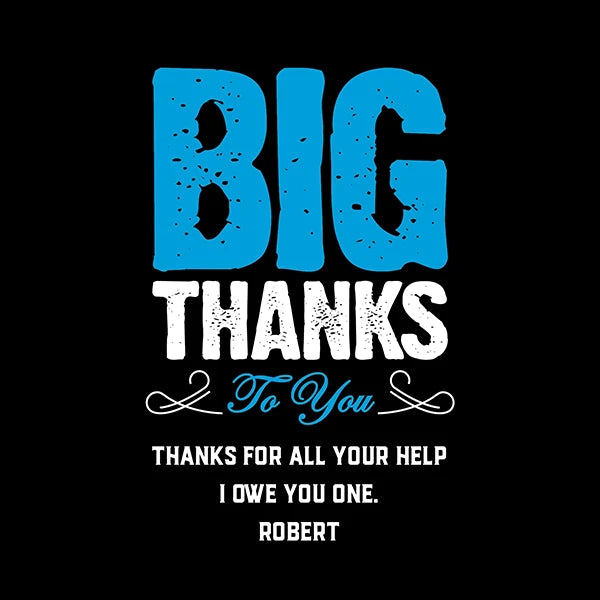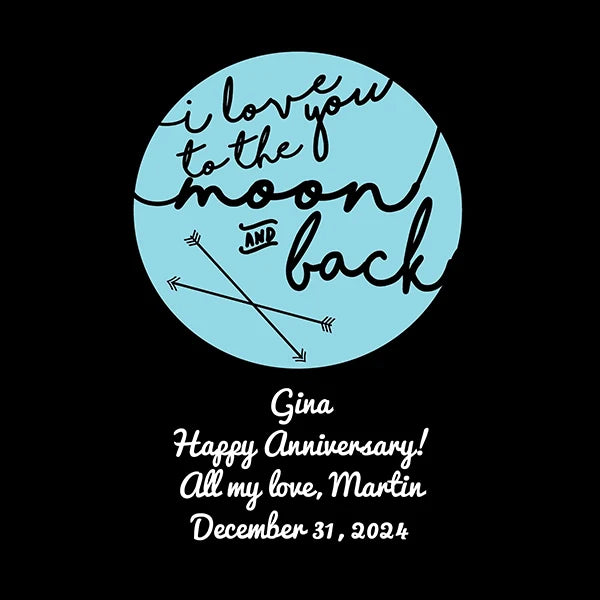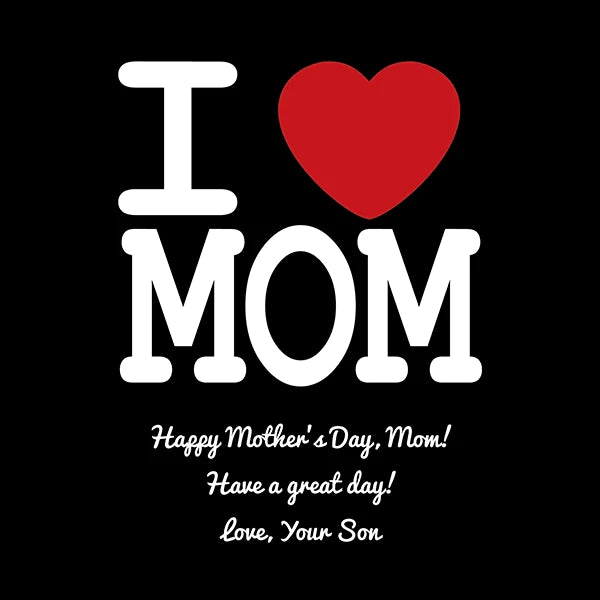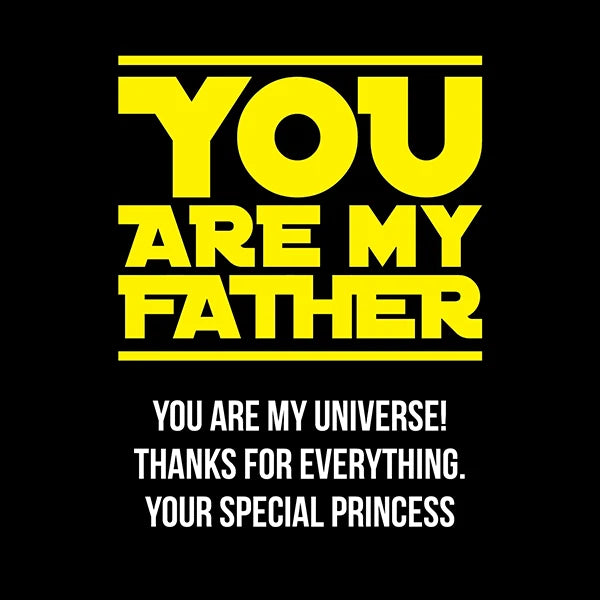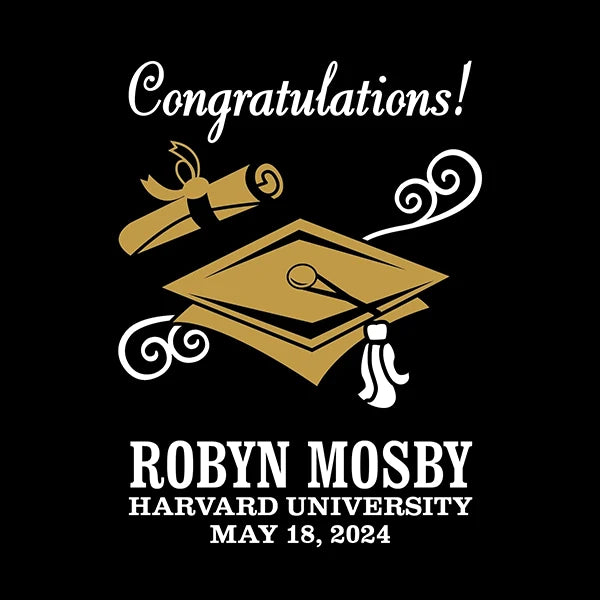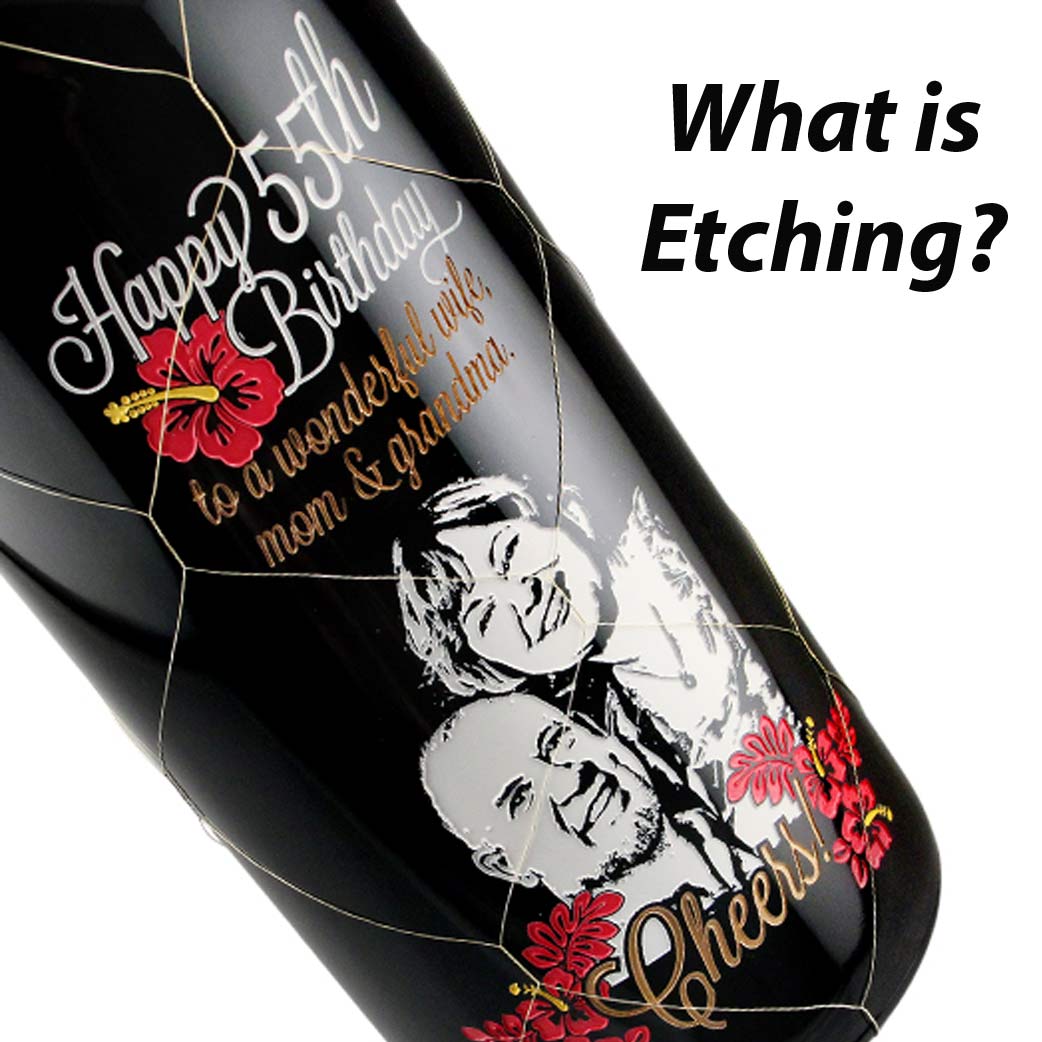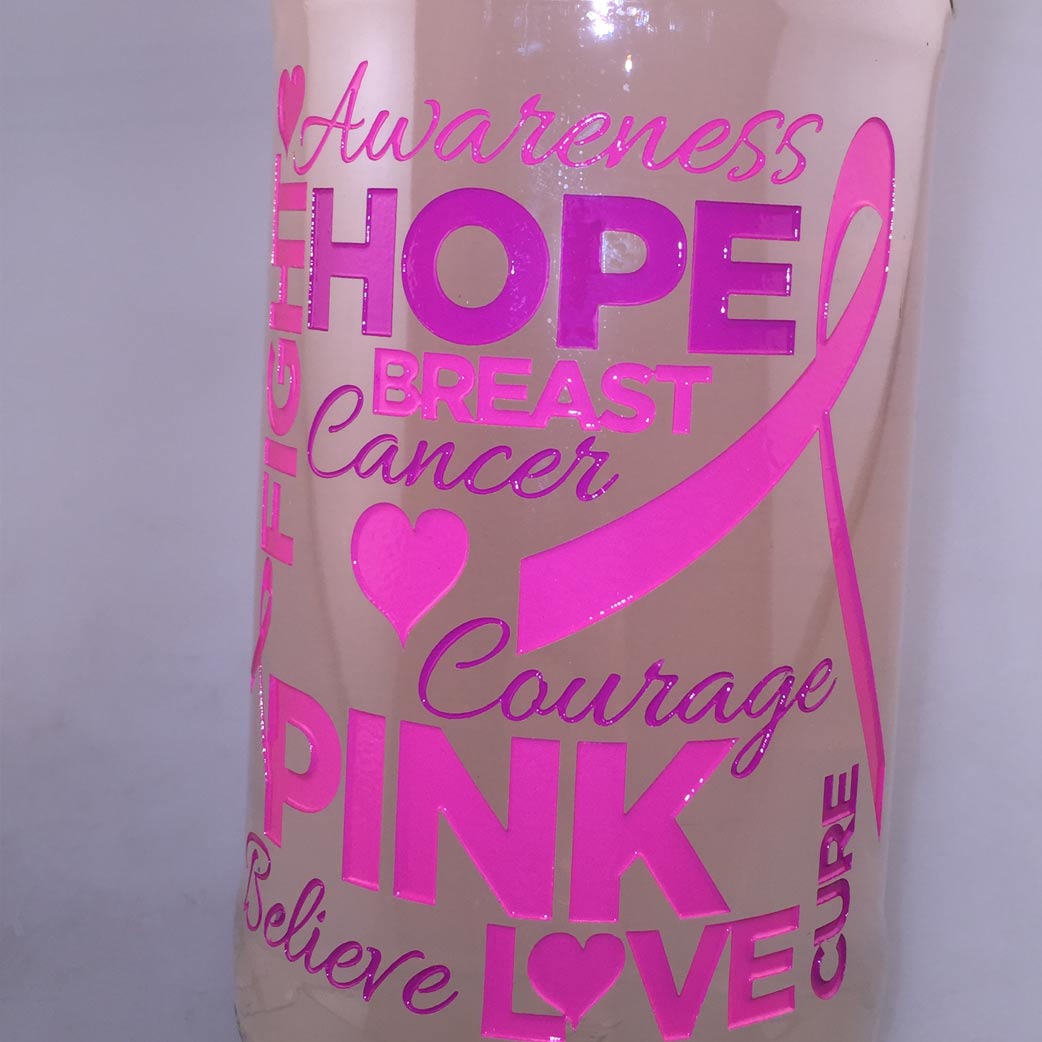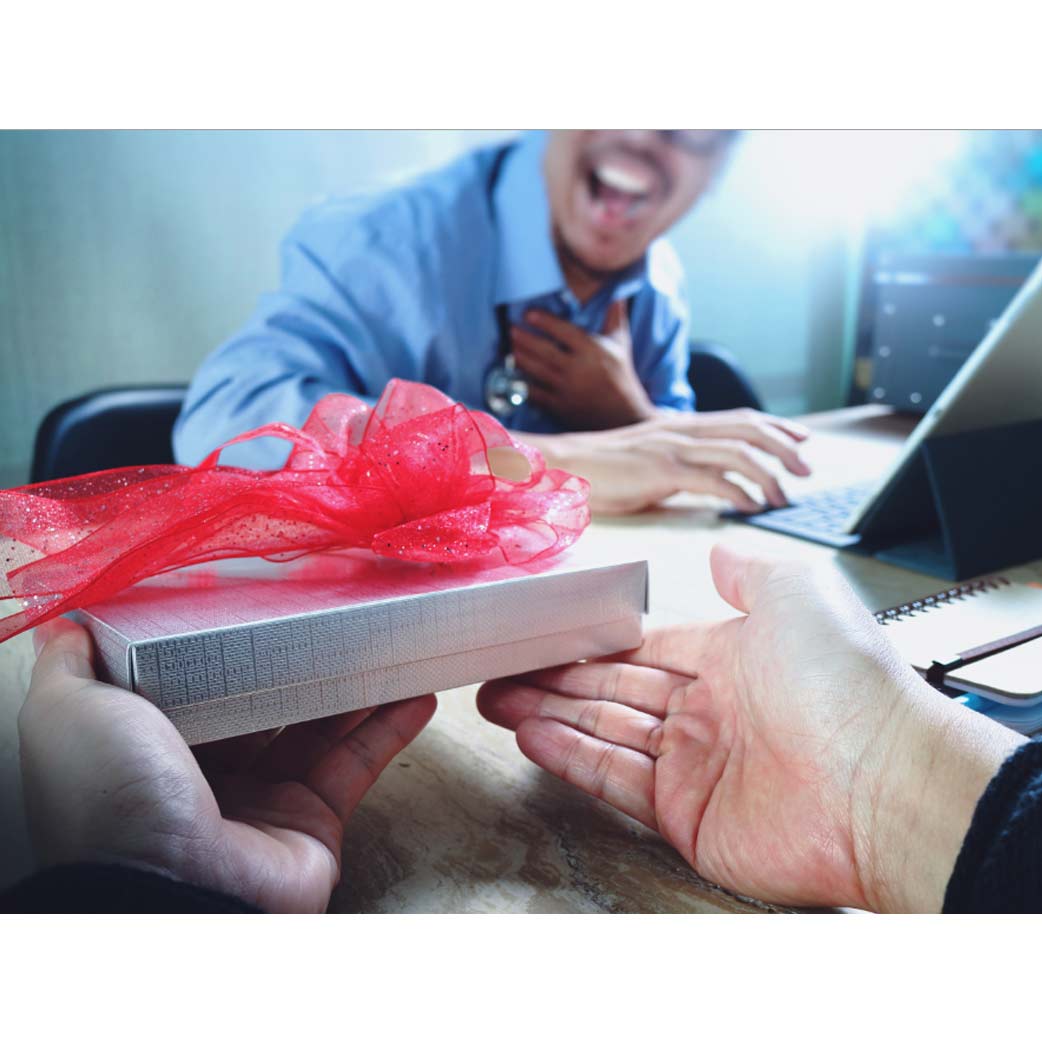Etching Expressions is all about personalized etched wine bottle gifts. Most people get the personalized part—getting your custom text, art, logo or photo—onto the wine bottle. However, many don’t know what is involved with the process of making an personalized etched wine bottle.
What is etching you ask? The etch process is a means to engrave glass, metal or stone. Engraving actually cuts into the material to leave a mark. For wine bottles the medium is glass. There are several ways to etch glass: mechanical, chemical, laser, or sand carving.
Mechanical Etching
Mechanically etching using a Dremel or similar device scratches (etches) the surface of the glass. The process is limited to the artistic talents of the engraver, however, as the process is free flowing and fluid. It’s not a precise method. It’s good for calligraphic and artistic images. Mechanical engravers also do lettering on plates and tags often used for plaques, trophies or jewelry. These machines are very limited, often to text only. Even range of text options is limited with respect to fonts and sizes. Most mechanically etched products limit the number of characters per line due to the limitations of the process. Since only the surface of the glass is scratched, the results can’t be painted.
Chemical Etching
Chemical etching uses abrasive chemicals, such as acid, to scar the surface of the glass. Masks are used to protect the surface from chemical contact, preserving the surface free from scaring, so there is some level of detail. Chemical etching is time and resource consuming. It’s also a messy process and produces hazardous waste that needs to be properly disposed of. This application is good for large glass like for windows, partitions or shower doors. With this process, the acid only burns the outer layer of the glass leaving it with a frosted look. As the chemical only affects the surface, it’s not usually paint filled.

Laser Etching
Laser etching is fast and precise. It uses a laser beam directed by a computer program, so it can be very accurate and do intricate designs. Laser etching doesn’t produce waste like chemical etching so it’s much cleaner. As it’s clean and fast it lends itself to being done in clean environments such as stores and can easily do work on demand for customers. That’s why “while you wait” work is usually done with a laser engraver. The big limitation with a laser however, is that it only scratches the surface of the glass, so it doesn’t lend itself to painting very well. Usually only one color is used, if at all.

Sand Carving
Sand carving is the fourth etching option. This process, similar to sand blasting, uses an abrasive material (sand or silicon carbide) to “cut” the glass at high air pressure. Sand carving uses a mask, similar to chemical etching, to protect the surface from the abrasive on the areas that are not to be carved. Since it requires a mask and cleaning process, sand carving is not as fast as laser etching. It is however very precise and doesn’t produce hazardous waste like chemical etching. The big advantage of sand caring is the depth control. Etching by sand carving can go very deep into the glass without harming the bottle or the contents. Think of a stone monument (i.e. tombstone) with the art and lettering deep and recessed. The recess allows for many color fills, so the end product is usually more colorful and artistic than any other process.

Deep Etched
We call sand carving results “deep-etched” to differentiate from the other methods because we believe the results are superior. Now that you know the differences you can be the judge. Which result do you prefer?

